Grow tomatoes at home, even if you think you don’t have a green thumb! I know, I know, the idea of cultivating your own juicy, sun-ripened tomatoes might seem like a distant dream, reserved for seasoned gardeners with sprawling backyards. But trust me, it’s more achievable than you think, and this DIY guide is here to prove it.
For centuries, growing tomatoes has been a cherished tradition in cultures around the world. From the vibrant tomato fields of Italy to the backyard gardens of America, these versatile fruits have nourished families and brought communities together. But in today’s fast-paced world, many of us have lost touch with the simple pleasure of growing our own food.
That’s where these simple DIY tricks and hacks come in! Imagine biting into a perfectly ripe tomato, bursting with flavor, knowing that you nurtured it from a tiny seed. Not only is it incredibly satisfying, but it’s also a fantastic way to save money, reduce your carbon footprint, and ensure you’re eating healthy, organic produce. Plus, grow tomatoes at home can be a fun and rewarding hobby for the whole family. So, ditch the store-bought tomatoes and let’s get our hands dirty! This article will equip you with the knowledge and confidence to start your own thriving tomato garden, no matter how small your space may be.
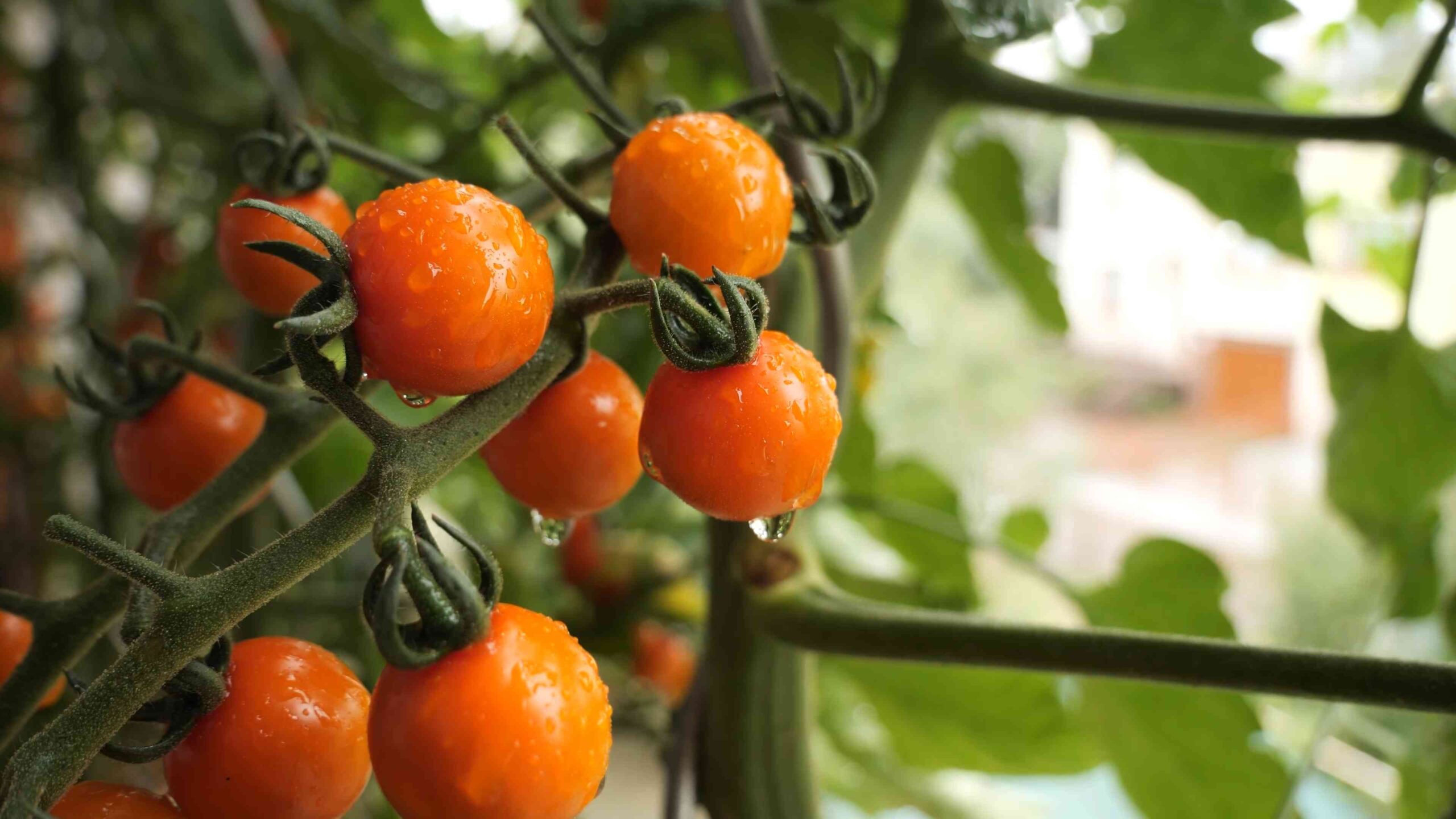
Growing Tomatoes at Home: A Beginner’s Guide
Okay, so you want to grow tomatoes at home? Awesome! It’s seriously rewarding to bite into a juicy, sun-ripened tomato that you grew yourself. Don’t worry if you’re a complete newbie; I’m going to walk you through everything you need to know, from choosing the right variety to harvesting your delicious bounty. Let’s get started!
Choosing Your Tomato Variety
Before we even think about soil, we need to decide what kind of tomatoes we want to grow. There are literally hundreds of varieties, but they generally fall into a few main categories:
* Determinate Tomatoes: These are bush-type tomatoes that grow to a certain size and then produce all their fruit at once. They’re great for canning or making sauce because you get a big harvest in a short period. Think Roma or Celebrity.
* Indeterminate Tomatoes: These are vining tomatoes that keep growing and producing fruit throughout the season. They need staking or caging to support their growth. Popular choices include Beefsteak, Cherry, and Heirloom varieties.
* Cherry Tomatoes: Small, sweet, and perfect for snacking! They come in both determinate and indeterminate varieties.
* Heirloom Tomatoes: These are older varieties that have been passed down through generations. They often have unique flavors and colors, but can be a bit more challenging to grow.
* Paste Tomatoes: These are meaty tomatoes with fewer seeds, ideal for making sauces and pastes. Roma is a classic example.
Consider your space, your climate, and what you plan to do with your tomatoes when choosing your variety. I personally love growing a mix of cherry tomatoes for snacking and a larger variety like Beefsteak for sandwiches.
Starting from Seed vs. Buying Seedlings
You have two main options for getting your tomato plants: starting from seed or buying seedlings from a nursery.
* Starting from Seed: This gives you more control over the variety and can be more cost-effective, but it requires more time and effort. You’ll need to start your seeds indoors about 6-8 weeks before the last expected frost.
* Buying Seedlings: This is the easier option, especially for beginners. You can find a wide variety of tomato seedlings at most nurseries and garden centers. Just make sure to choose healthy-looking plants with sturdy stems and no signs of disease.
I usually start a few of my favorite varieties from seed and then supplement with seedlings from the nursery. It’s the best of both worlds!
Preparing Your Soil
Tomatoes are heavy feeders, so they need rich, well-drained soil. Here’s how to prepare your soil:
* Choose a Sunny Location: Tomatoes need at least 6-8 hours of sunlight per day.
* Test Your Soil: A soil test will tell you the pH and nutrient levels of your soil. Tomatoes prefer a slightly acidic pH of around 6.0-6.8. You can buy a soil testing kit at most garden centers.
* Amend Your Soil: Add plenty of organic matter, such as compost, aged manure, or peat moss, to improve drainage and fertility. Work it into the top 12 inches of soil.
* Consider Raised Beds or Containers: If your soil is poor or you have limited space, consider growing your tomatoes in raised beds or containers. Use a high-quality potting mix specifically formulated for vegetables.
Planting Your Tomatoes
Now for the fun part! Here’s how to plant your tomatoes:
1. Harden Off Seedlings: If you started your tomatoes from seed indoors, you’ll need to harden them off before planting them outdoors. This means gradually exposing them to outdoor conditions over a period of 1-2 weeks. Start by placing them in a sheltered spot for a few hours each day, gradually increasing the amount of time they spend outdoors.
2. Dig a Hole: Dig a hole that is deep enough to bury the bottom third of the tomato plant’s stem. This will encourage the plant to develop more roots along the buried stem, resulting in a stronger, healthier plant.
3. Add Fertilizer: Add a handful of slow-release tomato fertilizer to the bottom of the hole. This will provide the plant with the nutrients it needs to get off to a good start.
4. Plant the Tomato: Gently remove the tomato plant from its container and place it in the hole. Backfill with soil, gently firming it around the plant.
5. Water Thoroughly: Water the tomato plant thoroughly after planting.
6. Add Support: Install a stake or cage to support the tomato plant as it grows. This is especially important for indeterminate varieties.
Caring for Your Tomato Plants
Once your tomatoes are planted, it’s important to provide them with the care they need to thrive.
* Watering: Water your tomato plants deeply and regularly, especially during hot, dry weather. Aim to water at the base of the plant to avoid wetting the foliage, which can lead to disease.
* Fertilizing: Fertilize your tomato plants every 2-3 weeks with a balanced tomato fertilizer. Follow the instructions on the fertilizer package.
* Pruning: Prune your tomato plants to improve air circulation and encourage fruit production. Remove suckers (the small shoots that grow between the main stem and the branches) from indeterminate varieties.
* Mulching: Apply a layer of mulch around your tomato plants to help retain moisture, suppress weeds, and regulate soil temperature. Straw, wood chips, or shredded leaves are all good options.
* Pest and Disease Control: Keep an eye out for pests and diseases, such as aphids, tomato hornworms, and blight. Take action promptly to control any problems. Organic pest control methods, such as insecticidal soap or neem oil, are often effective.
Dealing with Common Tomato Problems
Even with the best care, you might encounter some problems while growing tomatoes. Here are a few common issues and how to address them:
* Blossom End Rot: This is caused by a calcium deficiency and results in a dark, leathery spot on the bottom of the tomato. To prevent blossom end rot, ensure your soil has adequate calcium and water your plants consistently.
* Tomato Hornworms: These large green caterpillars can quickly defoliate your tomato plants. Handpick them off the plants or use Bacillus thuringiensis (Bt), a biological insecticide.
* Aphids: These small, sap-sucking insects can weaken your tomato plants. Spray them with insecticidal soap or neem oil.
* Early Blight: This fungal disease causes dark spots on the leaves and can eventually kill the plant. Remove infected leaves and spray with a fungicide.
Harvesting Your Tomatoes
The moment you’ve been waiting for! Here’s how to harvest your tomatoes:
* Wait for the Right Color: Tomatoes are ripe when they are fully colored and slightly soft to the touch.
* Gently Twist: Gently twist the tomato off the vine.
* Enjoy! Eat your tomatoes fresh, or use them in your favorite recipes.
Extending Your Tomato Season
Want to enjoy fresh tomatoes for as long as possible? Here are a few tips for extending your tomato season:
* Start Early: Start your seeds indoors early in the spring to get a head start on the growing season.
* Choose Early-Maturing Varieties: Select tomato varieties that mature quickly.
* Use Row Covers: Row covers can protect your tomato plants from frost and extend the growing season.
* Pick Green Tomatoes: At the end of the season, pick any remaining green tomatoes and ripen them indoors. Place them in a paper bag with an apple or banana to speed up the ripening process.
Growing Tomatoes in Containers
Don’t have a garden? No problem! You can still grow tomatoes in containers. Here’s what you need to know:
* Choose the Right Container: Select a large container that is at least 20 gallons in size.
* Use a High-Quality Potting Mix: Use a potting mix specifically formulated for vegetables.
* Choose Determinate Varieties: Determinate varieties are generally better suited for containers because they are more compact.
* Provide Support: Provide support for your tomato plants with a stake or cage.
* Water and Fertilize Regularly: Container-grown tomatoes need to be watered and fertilized more frequently than tomatoes grown in the ground.
Saving Tomato Seeds
If you grow heirloom tomatoes, you can save the seeds to plant next year. Here’s how:
1. Choose Ripe Tomatoes: Select ripe, healthy tomatoes from your best plants.
2. Scoop Out the Seeds: Scoop out the seeds and pulp into a jar.
3. Ferment the Seeds: Add a little water to the jar and let it sit for 3-4 days, stirring occasionally. This will help to remove the gelatinous coating around the seeds.
4. Rinse and Dry the Seeds: Rinse the seeds thoroughly and spread them out
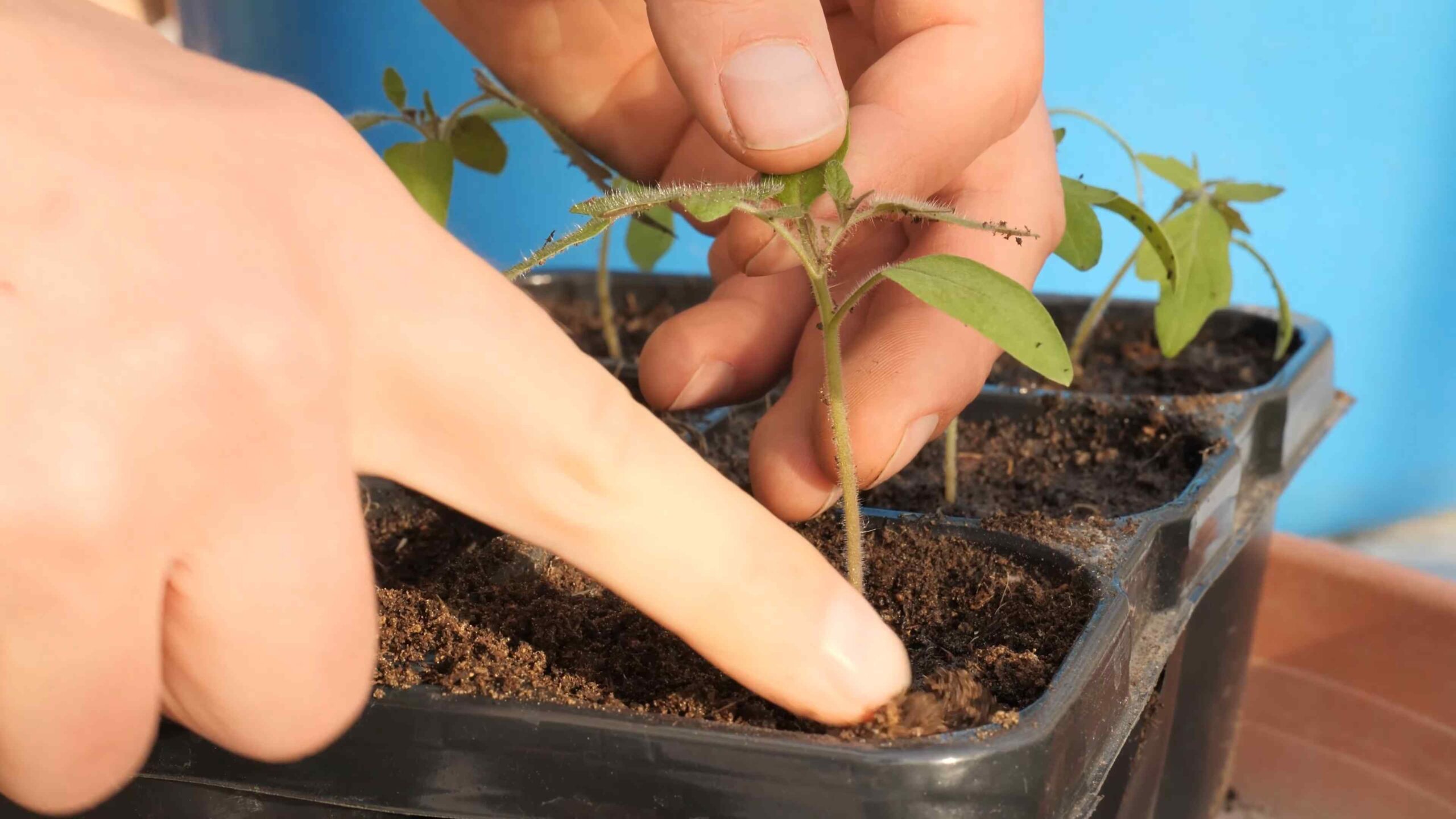
Conclusion
So, there you have it! Growing tomatoes at home, especially using this simple DIY trick, is more than just a gardening project; it’s an investment in flavor, health, and a deeper connection with your food. Forget those bland, commercially grown tomatoes that lack the vibrant taste of summer. With this method, you’ll be harvesting juicy, sun-ripened tomatoes bursting with flavor right from your own backyard (or balcony!).
This isn’t just about saving money, although that’s certainly a perk. It’s about knowing exactly what goes into your food – no mystery pesticides or artificial ripening processes. You control the environment, the nutrients, and ultimately, the quality of your harvest. Imagine the satisfaction of serving a Caprese salad made with tomatoes you nurtured from seed to table.
But the benefits extend beyond the culinary. Gardening is therapeutic. It’s a chance to de-stress, connect with nature, and get your hands dirty (literally!). The simple act of tending to your tomato plants can be incredibly rewarding, providing a sense of accomplishment and a welcome break from the digital world.
And the best part? This DIY trick is incredibly versatile. Want to grow cherry tomatoes? Go for it! Prefer heirloom varieties? Absolutely! Experiment with different soil mixes, fertilizers, and watering schedules to find what works best for your climate and growing conditions. You can even try companion planting, adding basil or marigolds to your tomato patch to deter pests and enhance flavor. Consider using recycled containers for an eco-friendly approach. Old buckets, plastic tubs, or even repurposed grocery bags can work wonders, as long as they have adequate drainage.
Don’t be afraid to get creative! Try different staking or caging methods to support your plants as they grow. Explore vertical gardening techniques if you’re short on space. The possibilities are endless!
We understand that starting a garden can seem daunting, but this DIY trick simplifies the process, making it accessible to even the most novice gardeners. It’s a low-cost, low-effort way to enjoy the incredible rewards of growing your own food.
So, what are you waiting for? Grab your seeds, gather your supplies, and get ready to experience the joy of growing tomatoes at home. We’re confident that you’ll be amazed by the results.
We encourage you to try this DIY trick and share your experience with us! Post photos of your tomato plants, tell us about your favorite varieties, and let us know what challenges you encountered and how you overcame them. Your insights can help other gardeners succeed and inspire them to embark on their own tomato-growing adventures. Let’s build a community of tomato enthusiasts, sharing tips, tricks, and the sheer joy of homegrown goodness!
Frequently Asked Questions (FAQ)
What kind of soil is best for growing tomatoes?
Tomatoes thrive in well-draining soil that is rich in organic matter. A slightly acidic pH, between 6.0 and 6.8, is ideal. You can amend your existing soil with compost, aged manure, or peat moss to improve its drainage and fertility. Avoid heavy clay soils, as they can become waterlogged and hinder root growth. Consider using a raised bed or container if your native soil is poor. A good starting mix is equal parts garden soil, compost, and perlite or vermiculite.
How much sunlight do tomatoes need?
Tomatoes are sun-loving plants and require at least 6-8 hours of direct sunlight per day to produce a bountiful harvest. Choose a location in your garden that receives full sun throughout the day. If you live in a particularly hot climate, some afternoon shade may be beneficial to prevent the plants from overheating. Insufficient sunlight can lead to leggy growth, reduced flowering, and smaller, less flavorful tomatoes.
How often should I water my tomato plants?
Water deeply and regularly, especially during hot, dry weather. Aim to keep the soil consistently moist but not waterlogged. Water at the base of the plant to avoid wetting the foliage, which can increase the risk of fungal diseases. A good rule of thumb is to water when the top inch of soil feels dry to the touch. Mulching around the plants can help retain moisture and suppress weeds. During periods of heavy rain, you may need to reduce watering frequency.
What are some common tomato pests and diseases, and how can I prevent them?
Tomatoes are susceptible to a variety of pests and diseases, including aphids, whiteflies, tomato hornworms, blossom end rot, early blight, and late blight. To prevent problems, choose disease-resistant varieties, practice crop rotation, and maintain good air circulation around the plants. Inspect your plants regularly for signs of pests or diseases and take action promptly. Organic pest control methods, such as insecticidal soap or neem oil, can be effective for controlling aphids and whiteflies. Blossom end rot is caused by calcium deficiency and can be prevented by ensuring adequate calcium levels in the soil and consistent watering.
When should I start my tomato seeds indoors?
Start your tomato seeds indoors 6-8 weeks before the last expected frost in your area. This will give the seedlings a head start and allow them to develop strong root systems before being transplanted outdoors. Use a seed-starting mix and sow the seeds about ¼ inch deep. Keep the soil moist and warm, and provide plenty of light. Once the seedlings have developed their first true leaves, transplant them into larger pots. Harden off the seedlings by gradually exposing them to outdoor conditions for a week before transplanting them into the garden.
How do I know when my tomatoes are ripe?
The color of the tomato will change from green to its mature color, depending on the variety (red, yellow, orange, etc.). The tomato should also feel slightly soft to the touch but not mushy. The aroma will also become more pronounced. Gently twist the tomato from the vine; if it comes off easily, it’s ripe. Don’t wait too long to harvest, as overripe tomatoes can become soft and attract pests.
Can I grow tomatoes in containers?
Yes, tomatoes can be successfully grown in containers, making them a great option for gardeners with limited space. Choose a large container, at least 10-15 gallons in size, with good drainage holes. Use a high-quality potting mix and provide adequate support for the plants, such as a stake or cage. Container-grown tomatoes may require more frequent watering and fertilization than those grown in the ground. Select determinate or bush varieties, which are more compact and well-suited for container gardening.
What are determinate and indeterminate tomato varieties?
Determinate tomato varieties grow to a specific size and produce all their fruit at once, making them ideal for canning or making sauce. Indeterminate tomato varieties continue to grow and produce fruit throughout the growing season, providing a continuous harvest. Determinate varieties are typically more compact and require less support than indeterminate varieties. Choose the variety that best suits your needs and growing conditions.
How do I prune my tomato plants?
Pruning tomato plants can improve air circulation, reduce disease risk, and encourage fruit production. Remove suckers, which are small shoots that grow in the junction between the main stem and the branches. Prune the lower leaves of the plant to improve air circulation and prevent soil-borne diseases from splashing onto the foliage. Indeterminate varieties typically require more pruning than determinate varieties.
What is the best fertilizer for tomatoes?
Tomatoes benefit from regular fertilization throughout the growing season. Use a balanced fertilizer with a higher phosphorus content to promote flowering and fruit development. You can also use organic fertilizers, such as compost tea or fish emulsion. Avoid over-fertilizing, as this can lead to excessive foliage growth and reduced fruit production. Follow the instructions on the fertilizer label and adjust the amount based on the plant’s needs.
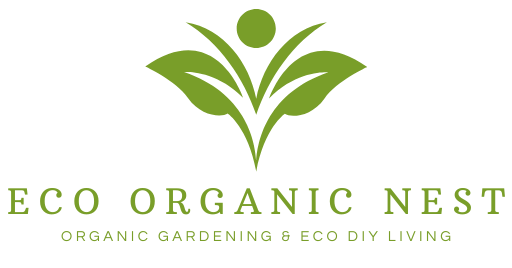
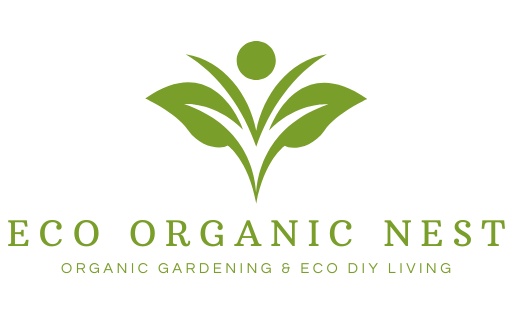
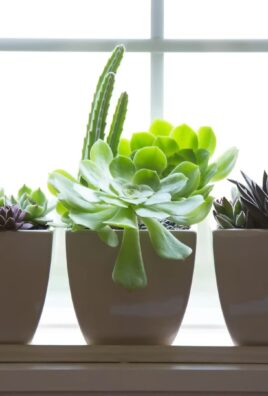
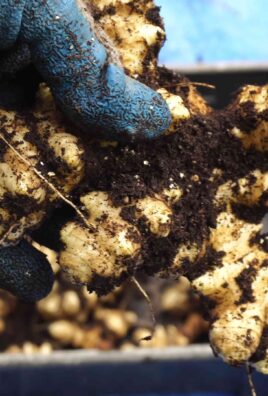

Leave a Comment